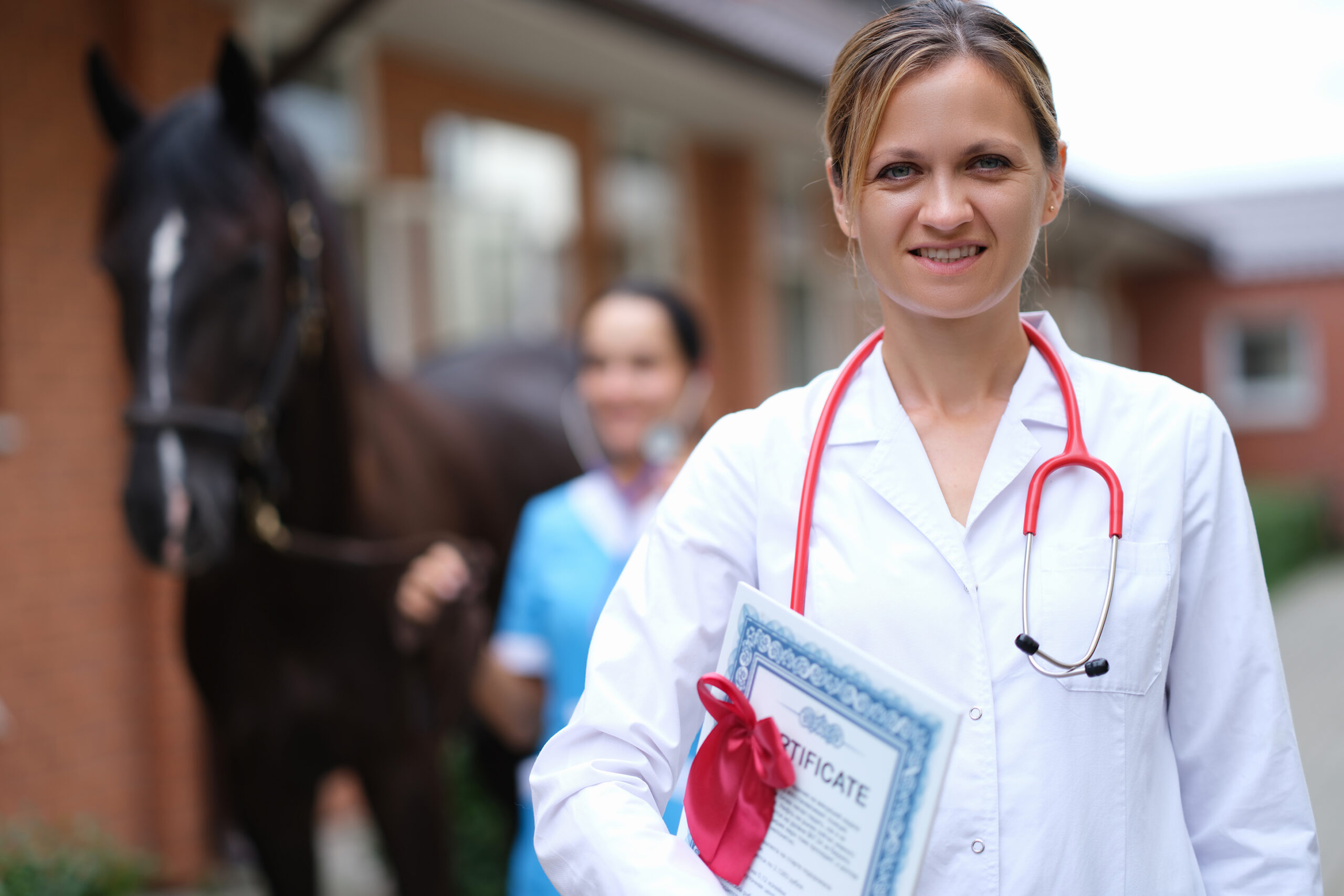
Working together leads to better outcomes for patients, clients and our staff; that is why the focus of SPVS Congress 2025 will be the importance of connection and collaboration.
The current state of play
Veterinary professionals in the UK are seeing more demand than ever due to booming pet ownership numbers, with a 2024 survey showing that over half of UK adults have at least one pet. At the same time, veterinary clients are becoming more informed: they want the latest treatments, the best options and more convenient services. These increasing numbers of pets and higher expectations are changing the landscape of the industry, creating more demand and more pressure to be better than ever. This pressure should be pushing veterinary standards up, but the problem of workplace stress is now a common one. Burnout and poor mental health feed into the cycle of staff underperforming then taking time off, or even leaving the profession altogether.
Teamwork and collaboration are the tools we need to navigate these problems: creating connections leads to more efficient, more productive workplaces while protecting our team members from burnout. Strong connections and good collaboration play a crucial role in mental health and well-being by building support systems and resilience in veterinary teams. Effective collaboration can help leverage innovation to enhance veterinary care, empower future veterinary teams through succession planning and aid financial sustainability by investing in people and infrastructure. Their importance is undeniable.
We know collaboration is already happening: are you working as part of a multidisciplinary team in a hospital? Are you part of a corporate model and able to mobilise staff, equipment and expertise across multiple sites? Has your practice partnered with a university? How are these collaborations impacting your workplace and the services you provide to clients? Recently, the use of digital collaborations has also grown. The telemedicine services that arrived with the pandemic are here to stay, relieving pressure on in-clinic teams and providing convenience for clients. There are now specialists and out-of-hours providers who offer initial online consultations.

More collaboration, more connection
Strong ties between vets, nurses, non-clinical assistants and admin staff can build a team capable of offering effective holistic care
Collaboration is good for everyone, so how can we embrace it in practice?
Begin with the connections closest to you. Strong ties between vets, nurses, non-clinical assistants and admin staff can build a team capable of offering effective holistic care, with each person bringing their own expertise and complementary skills to the team.
Then look around you. What do your connections with clients, specialists, universities and other groups currently look like? What could they be? How can you improve them?
Things to try
- Build multidisciplinary teams tactically by identifying the knowledge gaps in your teams and strategically recruiting to fill them
- Hold regular multidisciplinary meetings (MDMs). These meetings, now lauded in human hospital systems, bring everyone together to discuss and plan the most complex cases. They have been shown to be an efficient way to improve clinical decision making
- Share CPD. Bringing everyone together for shared learning (with or without cake incentives!) can put your team on the same page when it comes to patient care. Teams that train together communicate more effectively, applying knowledge in a more consistent way
- Promote and normalise open communication. Respectful communication and collaborative decision making in medical teams have been shown to reduce errors and missed diagnoses. It is important to have vets and nurses working on an equal footing and also to feel confident to speak up if they spot any mistakes. DISC profiling and other similar behavioural assessment tools are valuable in improving team communication
- Build relationships with local specialists. This is obvious and as old as veterinary medicine itself. Use a teleconsulting service if you have no one local to you
- Build relationships with adjacent service providers, be it paraprofessionals or start-up technologies that can assist your practice in doing things more effectively and quickly
- Connect to peer support networks and mental health professionals. Think about offering your staff access to mental health support, whether it is counselling or peer support. Early intervention can prevent burnout. Make it normal to discuss mental health at work
- Set up a mentorship programme to support new team members and encourage peer-to-peer knowledge sharing. Don’t forget to provide your mentors with training so they can do this well
- Review how you connect with clients. Do you have educational emails that need updating? Is your communication jargon-free? Client communication is key to building trust and good relationships, so offer your staff training and engage in team workshops
Connection and collaboration are important tools that improve patient care, client satisfaction and team resilience. These elements will help you build a business able to grow and thrive under pressure.
Connection and collaboration are important tools that improve patient care, client satisfaction and team resilience
How does this look in practice?
Read on to discover how Kate Higgins, BVetMed, MRCVS, puts collaboration into practice as director of Village Vets Ltd, Formby:
“We hold continuous improvement (CI) meetings every two weeks at both of our sites. All team members can submit problems, near-misses and suggestions. The team collaborates on solving or improving these and working on new processes and protocols. These are always ‘no-blame’ meetings and have helped foster trust and psychological safety within the team.
“We have held regular separate vet and nurse meetings but recently introduced a joint ‘clinical club’ to share knowledge and improve how we manage various cases and scenarios in practice, from things as simple as how we routinely handle cats to more urgent and complex scenarios, such as how we manage anaesthetic emergencies. As well as getting everyone to collaborate for better outcomes, this has been invaluable in encouraging nurses to feel safe to voice their opinions and have open discussions about where they think we could improve.”
As clinical director at Scott Veterinary Clinic, Vicki Farbon, MA, VetMB, GPCert (SAM), PgC, SADI, MRCVS, considers connection key in veterinary practice:
“Practically, we have mental well-being forms as part of our annual performance review which are filled in pre-meeting to ensure mental health is discussed. They talk about recognising signs of stress and how to mitigate the stress. It is helpful for not just the person involved but me as an employer to recognise early signs and act on them.
“Within our practice, we hold practice meetings every six weeks and close the practice for a dedicated time. This is not only for each team to collaborate in a positive way but also the whole practice. We will often include training on these days. This can be internal (eg practising a CPR drill and discussing how it went afterwards with the team) or working closely with an external referral centre who are happy to send in a specialist to chat through cases or certain topics. This has really helped bond our practice to the referral centre and our team loves knowing who will be at the end of the phone when they phone for advice.
“To encourage peer-to-peer knowledge in practice, we have made rounds compulsory by finding a time of day that will work for all vets and nurses and blocking it off. Discussing cases helps our staff by providing a breadth of knowledge and experience to help decide future steps/treatment.”
Hear how collaboration and connection can work in ambulatory practice with Dr Ami Sawran, BVSc, CertAVP(CP), PGCertVPS, PhD, FRCVS, clinical director at Westpoint Farm Vets, Chelmsford:
“In ambulatory practice, it’s easy to pass by your colleagues like ships in the night, so it is so important to find a time when no appointments are booked to enable you to come together. That is why my practice has a Monday morning meeting where we hand over from the weekend and set out goals for the week. Doing this means that we are all aware of any support needs of our colleagues for the week ahead.”
The theme of SPVS Congress 2025 is “connect, collaborate, progress”, exploring how building quality networks and embracing collaboration enables you to make positive changes in your professional and personal lives.
The programme offers concurrent streams of non-clinicallectures, panel sessions and workshops, which enable you to progress as a veterinary leader. With a lively exhibition and a fun-packed social programme, SPVS Congress enables you to spend quality time as a practice team – time you may never seem to have when in practice – allowing you to return reinvigorated and ready to thrive!
Check out the website for more information and to get your ticket!









